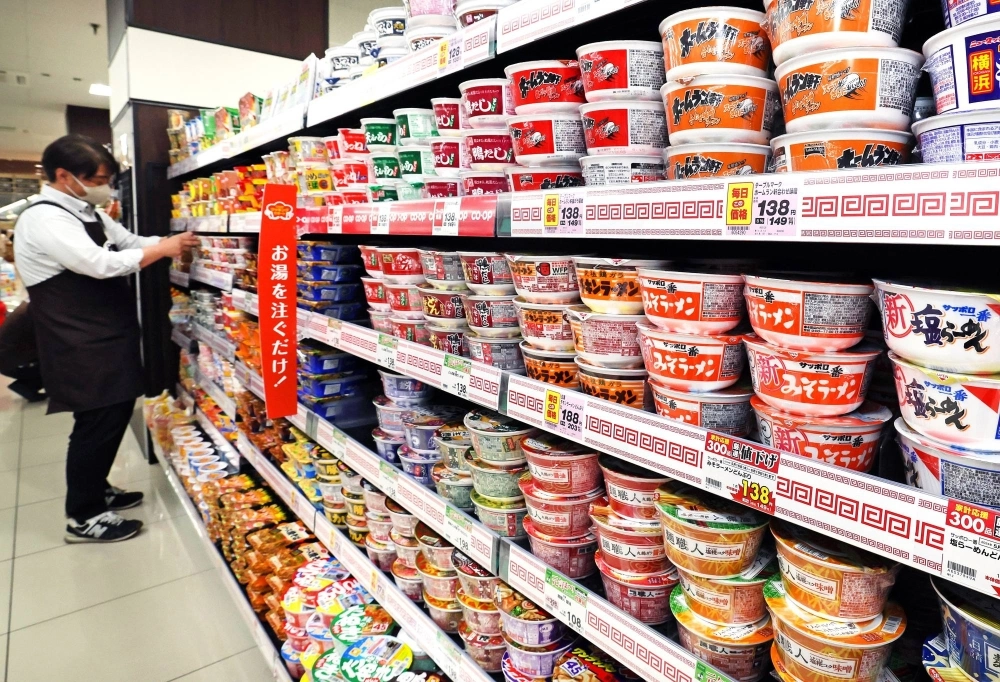People in Tohoku love instant noodles — that’s the latest finding from a government survey on household spending on the products, in which all six prefectural capitals in the region made it onto a nationwide top 10 instant noodle consumption ranking in 2023.
This is the seventh time in the past 10 years that all the region's capitals have made the nationwide top 10, and the spending for instant noodles in Tohoku cities far exceeds the national average, according to the annual survey released in February by the Internal Affairs and Communications Ministry.
The ministry conducts monthly and annual surveys on about 9,000 households with two or more people in the 52 prefectural capitals and ordinance-designated cities. The surveys include household income and expenditure by item.

















With your current subscription plan you can comment on stories. However, before writing your first comment, please create a display name in the Profile section of your subscriber account page.